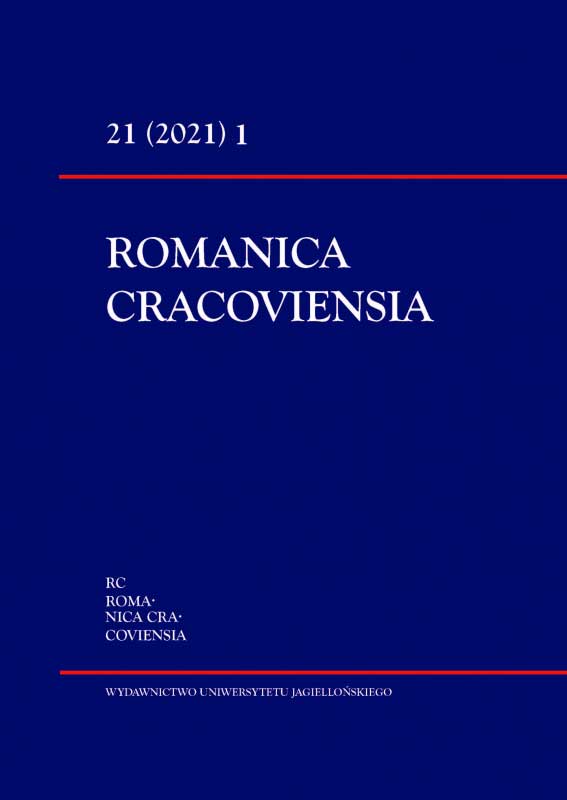“Non vide mei di me chi vide il vero”: l’arte “verace” nel girone dei superbi come mise en abyme dell’arte dantesca nella Commedia
“Non vide mei di me chi vide il vero”: L’art “verace” in the circle of proud as a mise en abyme of Dante’s art in the Comedy
Author(s): Maria Maślanka-SoroSubject(s): Language and Literature Studies
Published by: Wydawnictwo Uniwersytetu Jagiellońskiego
Keywords: Dante; the Divine Comedy; God-the Artist, visibile parlare; mise en abyme; Dante’s art
Summary/Abstract: The purpose of this study is to discuss the problem of meta-poetic themes in the Divine Comedy, focusing in particular on the relationship between God’s art and Dante’s art in the context of the impression caused by the sight of the rock reliefs in the cornice of the proud in the Purgatorio, where the poet, presenting and imitating the art of God, in fact shows the mastery of his own art. The analysis leads to the conclusion that the examples of humility and pride carved on the walls and the rock path – the perfect work of God-the Artist, vibrant with life and called by Dante visibile parlare – are, on the one hand, a mise en abyme of its macroscopic version, which is the Universe created by him, and, on the other hand, a mise en abyme of the universe narrated with the simile perfection by Dante.
Journal: Romanica Cracoviensia
- Issue Year: 21/2021
- Issue No: 1
- Page Range: 55-65
- Page Count: 11
- Language: Italian

